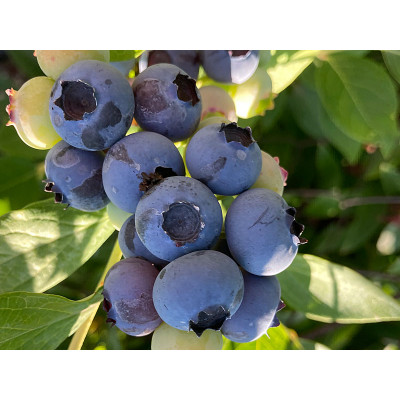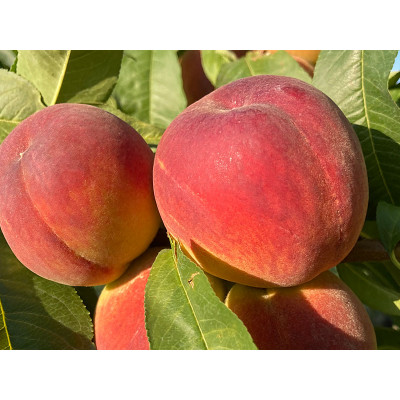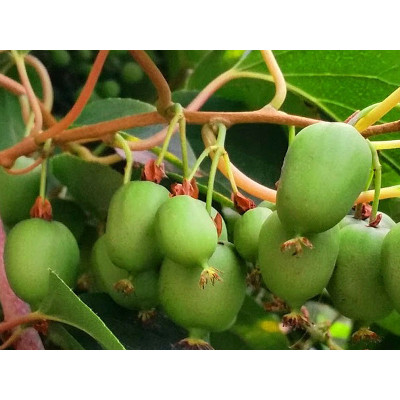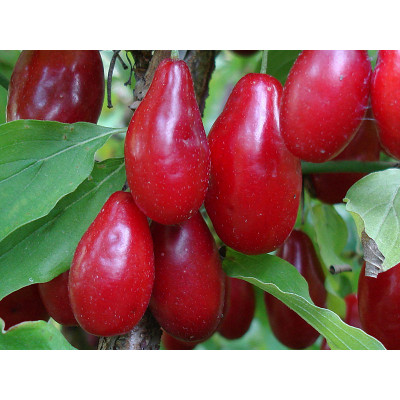Zemolez (Lonicera caerulea) STRAWBERRY SENSATION

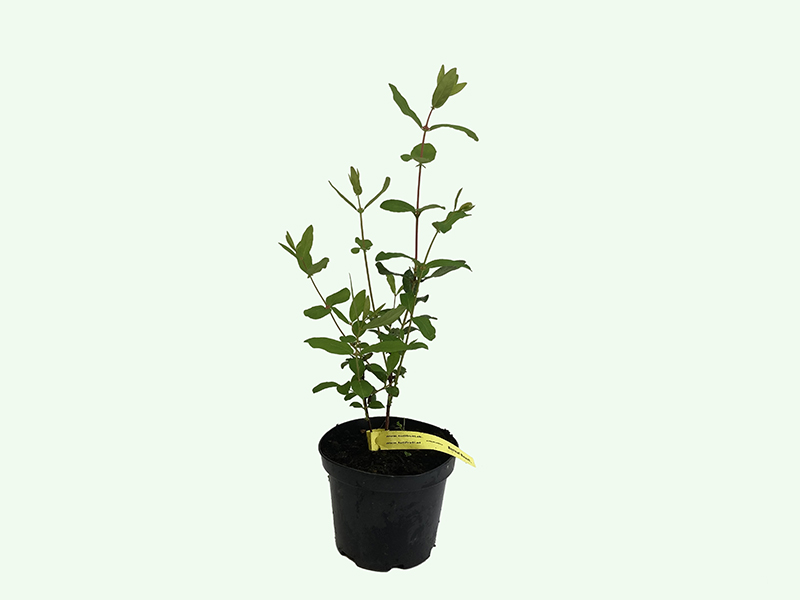
Vypredané

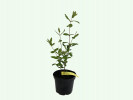
- všetky rastliny, ktoré máme v ponuke a viete si ich objednať, reálne máme skladom.
- štandardná doba dodania je 1-2 pracovné dni
- balíky posielame vždy v pondelok, v utorok a v stredu
- po dohode vieme rastliny poslať aj v štvrtok alebo v piatok (tieto dni štandardne neposielame z dôvodu, ak by sa vyskytol nejaký problém, aby balíky nestáli zbytočne v depe cez víkend)
- rastliny je možné si u nás vyzdvihnúť osobne na adrese Nová 11, Krakovany - iba po telefonickom dohovore (0902519100)
Položte otázku k tomuto produktu
Zemolez (Lonicera caerulea) STRAWBERRY SENSATION
Cena
9,50€
- Dostupnosť: Vypredané
- Model: Lonicera caerulea


